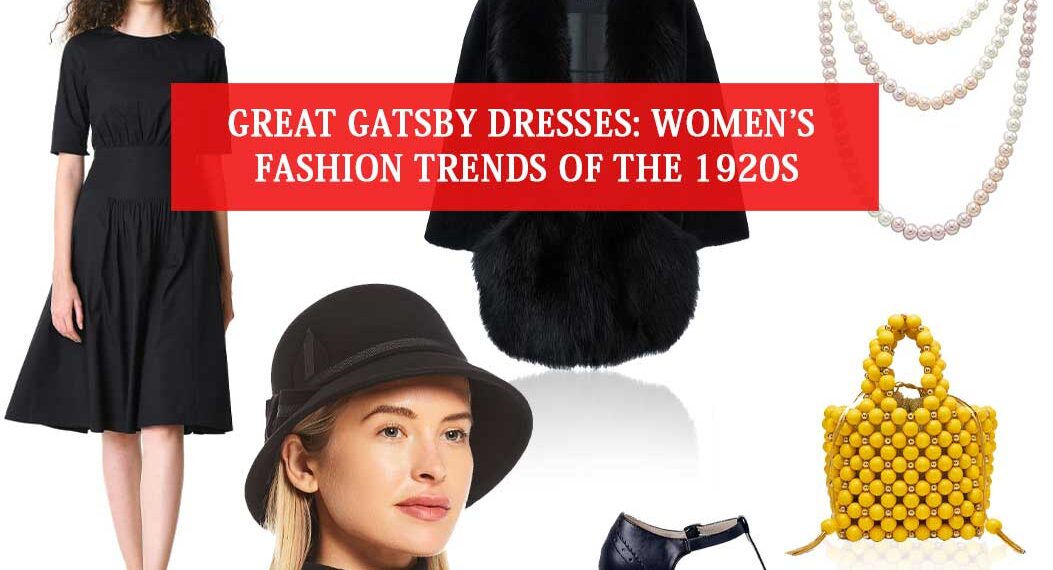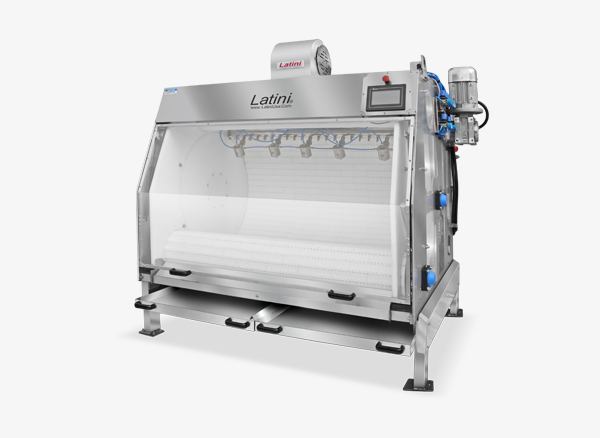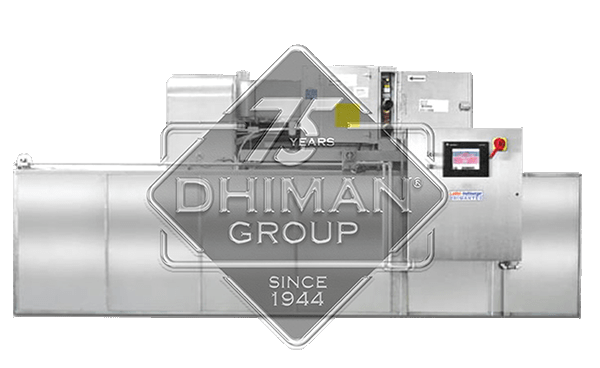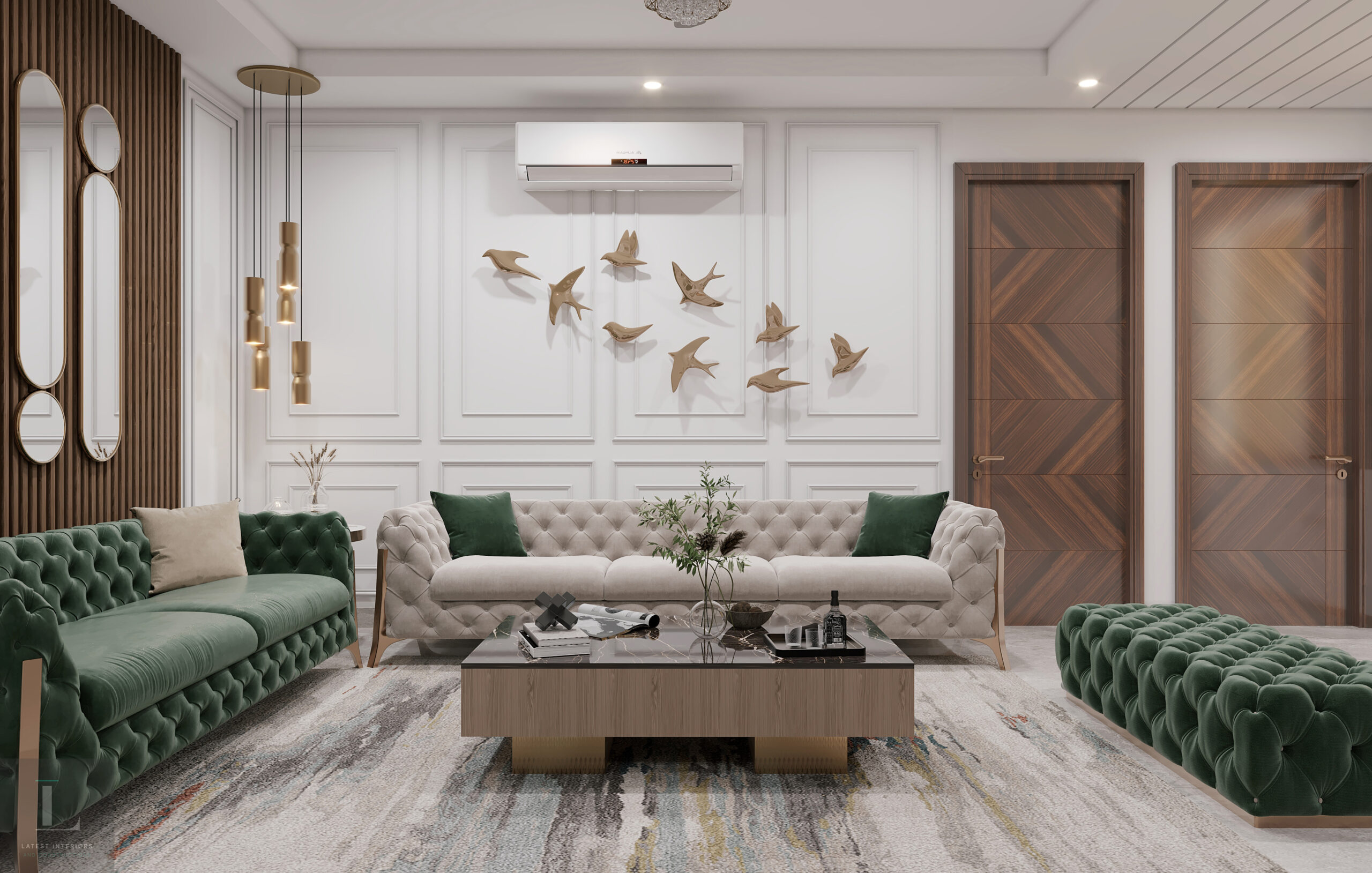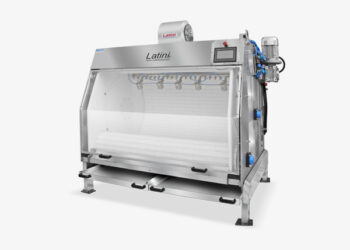The “roaring twenties” started a century ago but has remained a timeless era that started the modernisation of women’s fashion in the Western world. The term “flapper” refers to the era’s women and was based on their clothing styles.
The post-war era’s fashion was influenced by factors like relaxed social customs, booming stock markets, and the women’s lib movement. Today, great gatsby dresses take their inspiration from the F. Scott Fitzgerald novel that symbolized the decade.
What Was Women’s Fashion Like in the 1920s?
One key feature of the era’s clothing is women followed guidelines on when to wear certain attire. There were unofficial “rules” about clothes to wear in the morning, afternoon and evening. There were also guidelines on how to dress up for work and school.
Some of the era’s trending fashion and hairstyles included:
- Flapper beaded evening dresses
- Mary Jane/T-strap heel shoes
- Cloche hats
- Casual golf knickers
- Faux gemstones
- Long pearl necklaces
- Short bobbed hairstyles
- Small beaded purses
- Bead/Feather headbands
- Cocoon fur coats
- Bright art deco colours
- Drop-waist (below-knee) dresses
House Dresses
While fancy dresses symbolize the 1920s, most women wore casual house dresses made of cotton. These were pullover dresses with designs like solids, vertical stripes, and plaid. The house dresses often contained a white collar, were paired with cotton stockings and Oxford shoes.
Women often wore basic yet durable aprons with their house dresses. This allowed them to operate washers, vacuums, and irons efficiently. However, the apron was a luxury that poor women were unable to afford.
As the decade ended, women wore more complex dresses all day due to aprons and home appliances making them more practical.
Special Dresses
During special occasions, women wore fancier dresses. For example, they might wear fancy afternoon dresses or tea dresses with thin or layered fabrics. They were often white or pastel.
The most famous style of this era was the “flapper dress.” Women often wore these knee-length sleeveless dresses when spending a night on the town and living the Lost Generation lifestyle.
Work Clothes
Women who did manual labour had to wear a special uniform that included a uniform coat, smock, or apron over a house frock.
Shop assistants had fancier attire. This included a daytime dress, or uniform with a shirtwaist dress that included a white collar.
Meanwhile, women with professional jobs wore a skirt and blouse, or day dress. This included jobs like:
- Teachers
- Secretaries
- Journalists
- Telephone operators
An alternative was a 3-piece suit.
Sports & Leisure Clothes
Many 20s women had more leisure time during the roaring 20s, which influenced fashion. For example, adult females wore sleeveless tennis dresses when playing the racket sport, or as casual clothing.
Then near the start of the 1930s, the sailor-inspired and menswear-inspired clothing because popular. They paired these tops with pleated skirts or chiffon trousers.
Travelling Clothes
This included simple clothes for both men and women due to travelling being a dirty activity. Hot trains, crowded buses, and dusty cars were common experiences.
Popular clothing included basic suits and a durable overcoat. This was paired with accessories like gloves, leather purse, and profile shoes.
You can relive the Jazz Age of the 1920s through great gatsby dresses. While several fashion trends represent the era, the flapper dress is easily the most iconic women’s clothing of the decade. These vintage dresses can help you relive the era that launched the economic boom.


